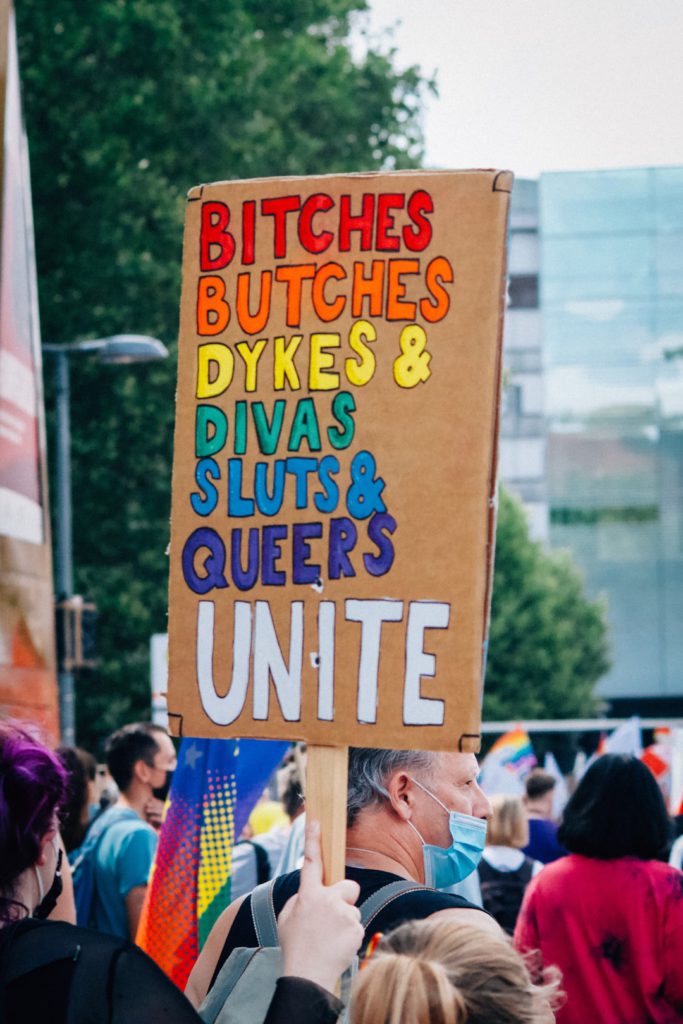Key Takeaways
- Racist dog whistling is a subtle form of communication that conveys racist ideas without explicitly stating them.
- It is often used by politicians, media outlets, and individuals to appeal to racist sentiments without facing direct criticism.
- Understanding the tactics and impact of racist dog whistling is crucial in combating systemic racism and promoting inclusivity.
Introduction
Racist dog whistling is a term that has gained significant attention in recent years, particularly in the realm of politics and media. It refers to a subtle form of communication that conveys racist ideas without explicitly stating them. This tactic allows individuals, politicians, and media outlets to appeal to racist sentiments without facing direct criticism or backlash. In this article, we will delve into the concept of racist dog whistling, explore its various forms, and discuss its impact on society. By understanding this phenomenon, we can better recognize and challenge instances of racism in our communities.
What is Racist Dog Whistling?
Racist dog whistling is a strategic communication technique that involves using coded language, symbols, or gestures to convey racist ideas to a specific audience. The term “dog whistling” is derived from the concept of a high-pitched sound that is only audible to dogs, implying that the intended message is only understood by a particular group. Similarly, racist dog whistling aims to communicate racist ideas to individuals who share those beliefs while remaining ambiguous to others.
The use of coded language allows politicians, media outlets, and individuals to appeal to racist sentiments without explicitly endorsing or promoting racism. By using subtle cues, they can tap into existing prejudices and stereotypes without facing direct criticism or backlash. This tactic is often employed to mobilize a specific voter base or to create a sense of solidarity among like-minded individuals.
Forms of Racist Dog Whistling
Racist dog whistling can take various forms, each tailored to the specific context and audience. Some common examples include:
- Immigration rhetoric: Politicians may use coded language to discuss immigration, subtly implying that certain racial or ethnic groups pose a threat to national security or cultural identity. By framing the issue in this way, they can appeal to xenophobic sentiments without explicitly endorsing racism.
- Law and order discourse: Discussions around crime and law enforcement can be used as a platform for racist dog whistling. By emphasizing crime rates in specific neighborhoods or linking criminal behavior to certain racial or ethnic groups, individuals can perpetuate stereotypes and stoke fear without overtly expressing racist views.
- Cultural preservation arguments: Appeals to cultural preservation can also serve as a form of racist dog whistling. By framing discussions around preserving traditions, values, or cultural heritage, individuals can subtly imply that certain racial or ethnic groups threaten the dominant culture.
- Subtle racial stereotypes: Racist dog whistling can also involve the use of subtle racial stereotypes or innuendos. This can include making references to physical appearance, intelligence, or cultural practices in a way that reinforces negative stereotypes without explicitly stating them.
The Impact of Racist Dog Whistling
The impact of racist dog whistling is far-reaching and can perpetuate systemic racism in various ways. By appealing to racist sentiments, individuals and media outlets contribute to the normalization of discriminatory attitudes and behaviors. This can lead to the marginalization and exclusion of racial and ethnic minorities, perpetuating social inequalities.
Furthermore, racist dog whistling can create a divisive and polarized society. By targeting specific groups and fostering a sense of “us versus them,” it undermines social cohesion and promotes hostility between different communities. This can have long-lasting consequences for social harmony and the overall well-being of society.
It is essential to recognize and challenge instances of racist dog whistling to promote inclusivity and combat systemic racism. By calling out coded language and symbols, we can hold individuals and institutions accountable for perpetuating discriminatory narratives. Additionally, fostering open and honest conversations about race and racism can help dismantle the underlying beliefs and prejudices that fuel racist dog whistling.
Conclusion
Racist dog whistling is a subtle yet powerful form of communication that perpetuates racist ideas without explicitly stating them. By using coded language, symbols, and gestures, individuals, politicians, and media outlets can appeal to racist sentiments without facing direct criticism or backlash. Understanding the tactics and impact of racist dog whistling is crucial in combating systemic racism and promoting inclusivity. By recognizing and challenging instances of racist dog whistling, we can work towards a more equitable and harmonious society.









